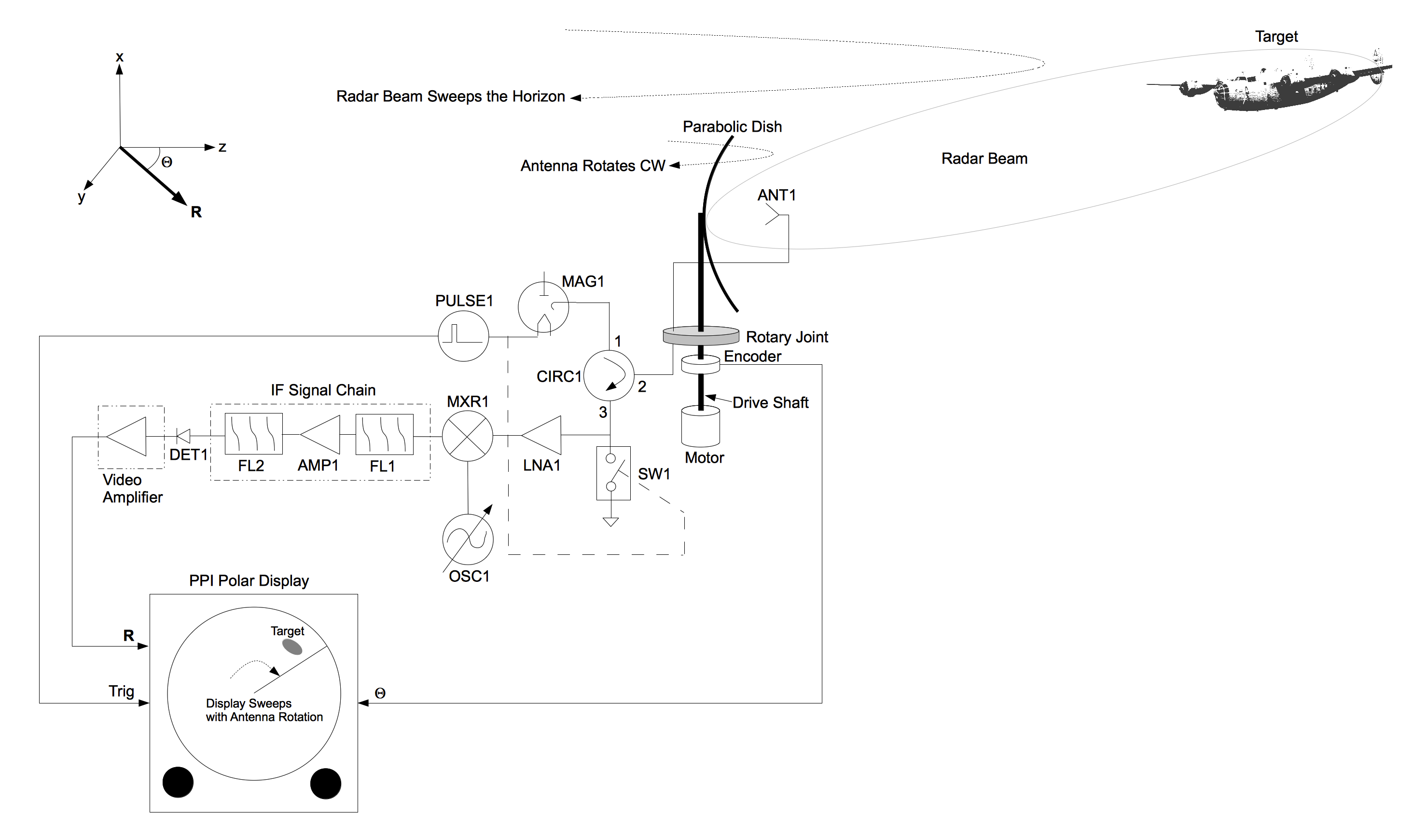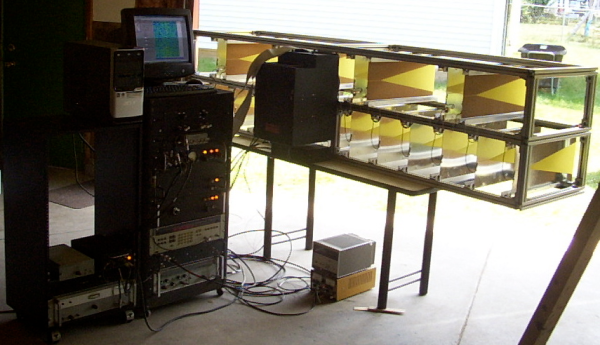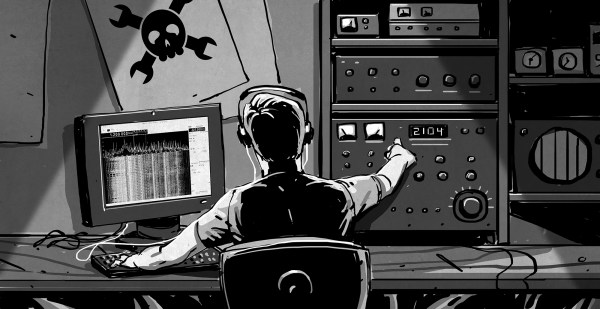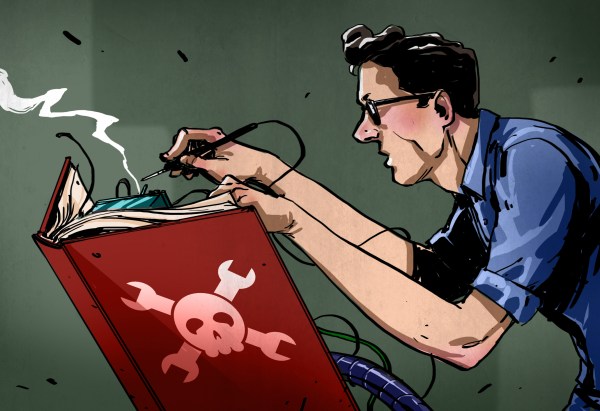For one weekend in May, the landscape of Dayton, Ohio is dominated by ham radio operators. The Dayton Hamvention (“ham-convention”), sponsored by the Dayton Amateur Radio Association, is the preeminent gathering of hams from around the world. This is where industry rolls out new products, friends gather to catch-up, and old equipment is “re-distributed” amongst willing parties in the sprawling swap meet which subsumes the entire Hara Arena parking lot where you can find almost anything and meet some of the most interesting people.
Author: Gregory L. Charvat38 Articles
Hanging Out With Someone Who Walked On The Moon
Lunar dune buggy rides, piloting the most powerful machine made by humankind, stuck thrusters, landing, eating, sleeping, and working on the moon. It does not get any more exciting than the Apollo program! I was recently given the opportunity to sit in on the MIT course, Engineering Apollo: the Moon Project as a Complex System where I met David Scott who landed on the moon as commander of Apollo 15. I not only sat in on a long Q and A session I also was able to spend time with David after class. It is not every day you that you meet someone who has landed on the moon, below are my notes from this experience.
Continue reading “Hanging Out With Someone Who Walked On The Moon”
Hamvention 2015, Less Than One Week Away!
The largest amateur radio and electronics swap meet on the planet is less than one week away. Will you be there?
The Dayton Hamvention has been an annual swap meet since 1952. There were 24,873 attendees during last year’s hamvention alone, that is a huge number of radio enthusiasts in one place!
For those of you interested in using vintage and used test equipment you can find anything at Hamvention. I built my entire laboratory form equipment purchased here. It has often been said, ‘if you can’t find it at Hamvention you don’t need it.’
This year Scott Pastor (KC8KBK) and I will be covering Hamvention for Hackaday. We plan to provide one update after each day of Hamvention summarizing the day’s events. We hope to see you in Dayton next week!
Build A Phased-Array Radar In Your Garage That Sees Through Walls
Until recently phased array radar has been very expensive, used only for military applications where the cost of survival weighs in the balance. With the advent of low-cost microwave devices and unconventional architecture phased array radar is now within the reach of the hobbyist and consumer electronics developer. In this post we will review the basics of phased-array radar and show examples of how to make low-cost short-range phased array radar systems — I built the one seen here in my garage! Sense more with more elements by making phase array your next radar project.
Phased array radar
In a previous post the basics of radar were described where a typical radar system is made up of a large parabolic antenna that rotates. The microwave beam projected by this antenna is swept over the horizon as it rotates. Scattered pulses from targets are displayed on a polar display known as a Plan Position Indicator (PPI).

In a phased array radar (PDF) system an array of antenna elements are used instead of the dish. These elements are phase-coherent, meaning they are all phase-referenced to the same transmitter and receiver. Each element is wired in series with a phase shifter that can be adjusted arbitrarily by the radar’s control system. A beam of microwave energy is focused by applying a phase rotation to each phase shifter. This beam can be directed anywhere within the array’s field of view. To scan the beam rotate the phases of the phase shifters accordingly. Like the rotating parabolic dish, a phased array can scan the horizon but without the use of moving parts.
Continue reading “Build A Phased-Array Radar In Your Garage That Sees Through Walls”
Design & Build Part 2: Multi-Band, Phasing SSB, And SDR
Amateur radio is the ultimate hacker’s hobby. You can design, build, and put on the air your own high power transceivers. And with this homemade gear you are able to reach out directly, not relying on any infrastructure whatsoever, to connect with people all over the world. It is a thrilling experience to communicate with that long distance station using equipment you created, where you know at that instant what every single transistor is doing as you key down the mic.
In a previous post I described how SSB radio equipment worked and provided an example of a single-band 20m SSB transceiver. In this post I will discuss a multi-band SSB transceiver, an entire homemade amateur station including amplifiers, and conclude with software defined radio (SDR) that you can make in one weekend.
Continue reading “Design & Build Part 2: Multi-Band, Phasing SSB, And SDR”
Get Serious With Amateur Radio; Design & Build A Single-Sideband Transceiver From Scratch Part 1
Amateur radio is the only hobby that offers its licensed operators the chance to legally design, build, and operate high power radio transceivers connected to unlimited antenna arrays for the purpose of communicating anywhere in the world. The most complicated part of this communication system is the single-sideband (SSB) high frequency (HF) transceiver. In reality, due to the proliferation of low-cost amateur equipment, there only exists a very small group of die-hards who actually design, build from scratch, and operate their own SSB transceivers. I am one of those die-hards, and in this post I will show you how to get started.
Hacking Education; Project-Based Learning Trumps The Ivory Tower
Project-based learning, hackathons, and final projects for college courses are fulfilling a demand for hands-on technical learning that had previously fallen by the wayside during the internet/multi-media computer euphoria of the late 90’s. By getting back to building actual hardware yourself, Hackers are influencing the direction of education. In this post we will review some of this progress and seek your input for where we go next.
Continue reading “Hacking Education; Project-Based Learning Trumps The Ivory Tower”



















